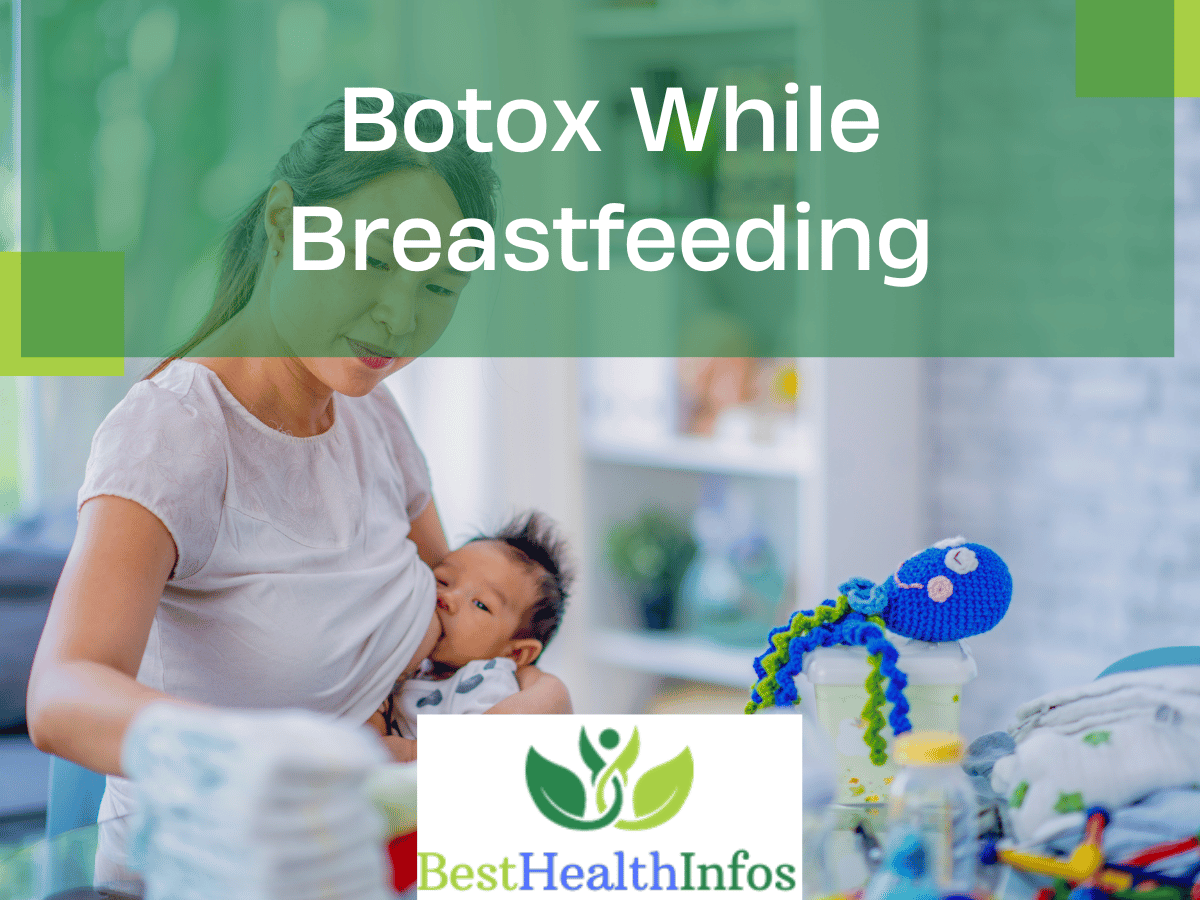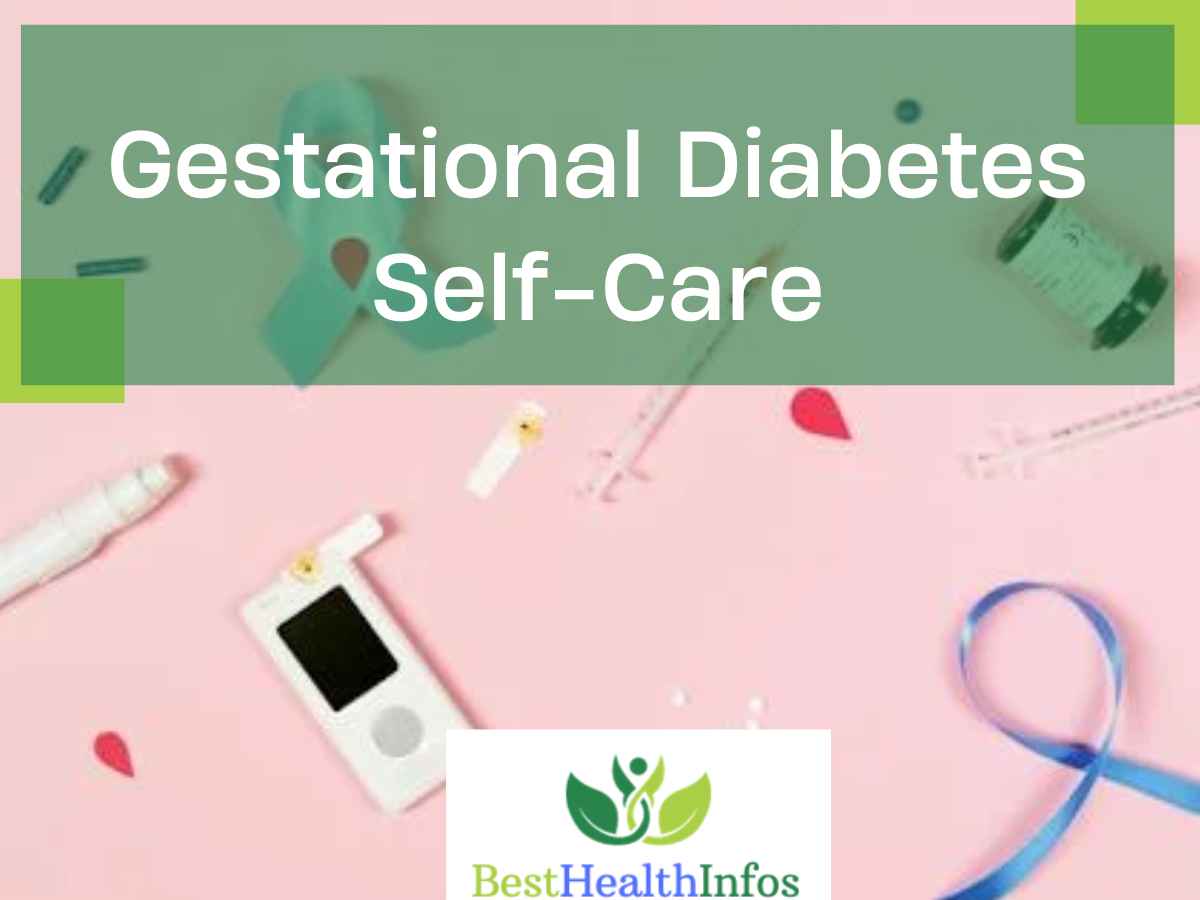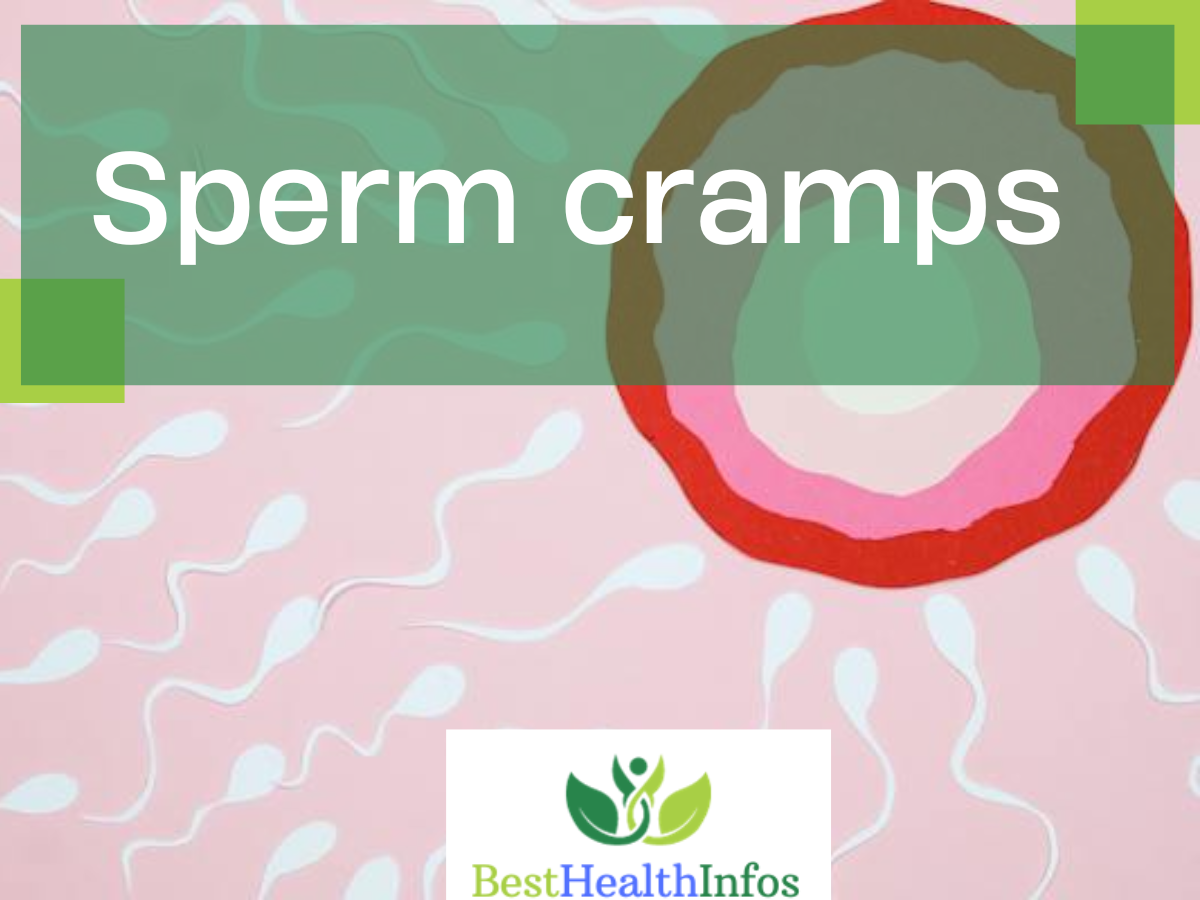As a breastfeeding woman, your top priority is ensuring the health and safety of your baby. But that doesn’t mean you have to sacrifice your self-care. Botox, the popular anti-aging treatment, may have crossed your mind, but you’re not sure if it’s safe while breastfeeding. Don’t worry. We’ve got you covered.
Also Read: Foods to Avoid While on Saxenda
This comprehensive guide will answer all your questions about Botox while breastfeeding. From how it works to its potential effects on your breast milk and baby, we’ll provide you with all the information you need to make an informed decision. So please sit back, relax, and let us help you navigate this hot topic for breastfeeding women.
What is Botox?
A shortened term for Botulinum Toxin, Botox is a purified protein. Not just any protein, mind you, but one derived from a specific type of bacteria called Clostridium botulinum. When carefully injected into muscles, it performs a bit of magic. Botox can temporarily relax muscles by blocking nerve signals in the localized area.
Don’t worry, though; your body gradually metabolizes this protein. Notable. This extraordinary protein can help you fight against the clock and those unwelcome signs of aging.
Also Read: Gestational Diabetes Self-Care
Is Botox safe while pregnant or breastfeeding?
Navigating the maze of pregnancy and breastfeeding advice can be overwhelming, especially when it comes to Botox, a well-loved beauty tool. While the FDA categorizes Botox under category C drugs for pregnancy (a grey area with no definitive human studies), the waters are murkier with breastfeeding. Here are some considerations:
- Firstly, Botox’s impact on pregnancy and lactation hasn’t been extensively researched.
- Generally, practitioners err on the side of caution, advising against Botox during pregnancy.
- When breastfeeding, minimal amounts of Botox could potentially pass into breast milk.
- However, even if it does pass into breast milk, it is unlikely to affect the baby due to its inability to cross the gut barrier.
- Some mothers prefer to ‘pump and dump’ following Botox treatment to ensure no exposure.
Always consult with your doctor for personalized advice. The ‘better safe than sorry’ approach often prevails.
Also Read: Bowel Cancer Stomach Noises: What’s Normal and What’s Not
What are the uses of Botox?
Botox is more than just a wrinkle-blaster. Yes, its anti-aging prowess is renowned, but there’s more to this magic protein. Let’s explore:
- First up, say goodbye to frown lines! Botox is a superstar in smoothing those stubborn forehead wrinkles.
- Have you ever battled with crow’s feet? Botox offers a knockout punch, leaving you with youthful, wrinkle-free eyes.
- Excessive sweating giving you a hard time? Botox to the rescue! This fantastic protein can help control hyperhidrosis.
- Are you suffering from migraines? Here’s a surprise: Botox is FDA-approved for chronic migraine treatment.
- Muscle spasms got you down? Botox can help calm those bothersome twitches.
- Are you struggling with a twitching eye or an overactive bladder? Once again, Botox has your back. Isn’t it astonishing how much one little protein can do? You ever
How Botox works?
The magic of Botox works like this:
- It starts with a small injection directly into the muscle.
- Botox works its charm once in the muscle by blocking nerve signals.
- These nerve signals are responsible for causing muscle contractions.
- Without these signals, the muscle cannot contract.
- As a result, the skin over the muscle smooths out.
- These relaxed muscles lead to less visible wrinkles.
- Over time, the body metabolizes the Botox.
- The muscle’s ability to contract eventually returns.
- That’s why Botox treatments need to be repeated.
So, that’s the secret behind Botox’s wrinkle-taming powers!
Can you get fillers while breast-feeding?
Unfortunately, like Botox, the research on the effects of dermal fillers on breastfeeding is quite scarce. This leaves us with more questions than answers. Fillers typically contain hyaluronic acid, a naturally occurring substance in the body. But whether they could potentially pass into breast milk is unknown.
Although it’s tempting to combat those tired-momma under-eye hollows, it’s recommended to play it safe and hold off until you’re done breastfeeding. It’s always best to discuss this with your healthcare provider. They can guide you on the best course of action for your specific situation. It’s not forever, just a pause for the safety of your little one!
What Are the Side Effects of Botox for Mothers?
As magical as Botox may seem, it’s not without potential side effects. Mothers contemplating Botox should bear these in mind:
- The most common side effect? Mild bruising or pain at the injection site. Fear not; this tends to fade quickly.
- Some mothers may experience a slight headache following treatment. It’s typically short-lived and manageable.
- Others report temporary flu-like symptoms, including fatigue and a slight fever.
- More rarely, there could be unwanted muscle weakness in the surrounding area.
- In extreme cases, difficulty swallowing, breathing problems, or speech difficulties may occur.
- Though rare, allergic reactions are possible, characterized by rash, itching, or asthma symptoms.
Remember, Botox’s side effects are generally mild and short-lived. Always discuss any concerns with your healthcare provider to ensure the best outcome. Safety first, beauty next!
Potential Effects of Botox on Nursing Babies
The question of Botox’s impact on nursing infants is a valid one. However, the available data provides some reassurance:
- No specific studies focus on Botox’s effects on breastfed babies.
- Botox is a large molecule protein, unlikely to pass into breast milk.
- Even if it does, Botox doesn’t cross the gut barrier, rendering it ineffective if ingested.
- This reduces the possibility of any potential harm to the nursing infant.
- Notably, no adverse effects have been reported in babies whose mothers received Botox.
- On the other hand, no long-term studies exist to rule out risk definitively.
- Your baby’s health and safety are paramount.
- Before proceeding with Botox treatment, always discuss your situation and potential risks with your healthcare provider.
Can you pump and dump?
The phrase ‘pump and dump’ typically refers to the practice of expressing and discarding breast milk after consuming something potentially harmful to the nursing infant. But does it apply in the context of Botox? The answer could be more precise. Remember, Botox is a protein that could theoretically enter breast milk.
However, Botox is unlikely to affect your baby even if this occurs due to its inability to cross the gut barrier. Still, some moms choose the pump-and-dump method after a Botox treatment as an extra precautionary step. But this is a highly personal decision and not medically necessary. Always consult your healthcare provider for personalized advice based on your specific situation.
What other cosmetic procedures should you avoid while breastfeeding?
While we’ve focused much on Botox, it’s not the only cosmetic procedure mothers may consider. Here are a few others that breastfeeding moms should think twice about:
Chemical Peels:
These skin treatments can potentially enter breast milk, so avoiding them is best.
Laser Hair Removal:
The effects on breast milk are unclear, but why take the risk?
Microdermabrasion:
It is a relatively gentle treatment but has not been studied in breastfeeding moms.
Liposuction:
It involves anesthesia and a recovery period, which could affect your ability to care for your baby.
Tattoos and Piercings:
The risk of infection and toxins in tattoo ink makes them best to avoid.
So remember, while you might be keen to reclaim your pre-baby body, patience is vital. Safety for you and your little one is paramount!
Alternatives to Botox for Breastfeeding Mothers
Craving for youthful skin while breastfeeding? Here are some Botox alternatives for you:
- Topical creams: Antioxidant-rich creams can combat signs of aging. Try those containing retinoids, but consult your doctor first.
- Healthy diet: A diet rich in fruits, vegetables, lean proteins, and whole grains can work wonders for your skin.
- Regular exercise: Stay active! Regular exercise improves blood circulation, imparting a natural glow.
- Adequate sleep: Sleep-deprived moms take note! Proper rest is vital for maintaining youthful skin.
- Hydration: Drink plenty of water. Hydrated skin is happy skin!
- Non-ablative lasers: Postpone these until you’re done breastfeeding, but keep them in mind. They can help with skin rejuvenation.
- Facial massages: Promote skin elasticity and muscle tone with regular facial massages.
Remember, beauty is more than skin deep. A healthy lifestyle contributes immensely to your skin’s health and appearance.
Worth Reading: 10 Health Benefits of Rainier Cherries
Frequently Asked Questions
You’ve got questions. We’ve got answers! Let’s dive into some frequently asked questions about Botox and breastfeeding.
Is Botox safe while breastfeeding?
The research on Botox use during breastfeeding is limited; hence, definitive safety advice is unclear. Always consult your doctor for personalized advice.
How long after Botox can I stop breastfeeding?
There needs to be a clear guideline for this. It’s a personal decision to be made in consultation with your healthcare provider.
Can I have Botox while breastfeeding NHS?
The NHS does not provide specific guidance on Botox during breastfeeding. Consult with your doctor for advice based on your specific situation.
How soon after giving birth can I get Botox?
This depends on several factors, including whether you’re breastfeeding or not. Discuss with your doctor to make an informed decision.
Is Botox safe after pregnancy?
The FDA categorizes Botox under category C drugs for pregnancy, but research is limited. It’s best to consult with your doctor.
Can I breastfeed after lip fillers?
Like Botox, research on lip fillers and breastfeeding is limited. It’s advised to avoid such treatments while breastfeeding unless advised by your healthcare provider.
Conclusion
Navigating the world of beauty treatments while breastfeeding can seem like a maze, but remember: your baby’s health and safety always come first. Although Botox holds a certain allure, it’s essential to fully understand its potential impact on you and your nursing child. Research on this topic remains limited.
So, it’s always best to consult your healthcare provider before making decisions. But remember, safe, natural alternatives are available to keep you glowing while you nurture your little one. Embrace the joys of motherhood with patience, and remember that your beauty radiates from within. Remember, every wrinkle tells a story, and you, dear mom, are authoring a beautiful one!
Reference:



